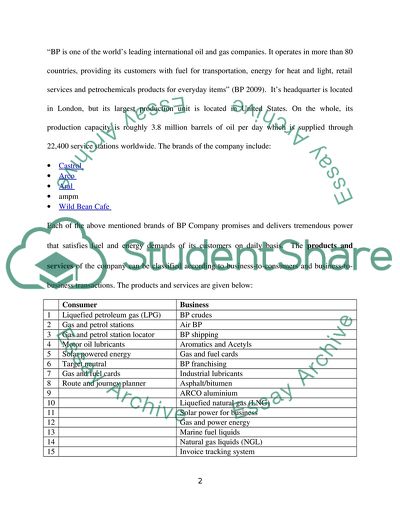Cite this document
(BP Company - Overall Financial Performance and Dividend Policy Research Paper - 1, n.d.)
BP Company - Overall Financial Performance and Dividend Policy Research Paper - 1. Retrieved from https://studentshare.org/finance-accounting/1744150-accounting
BP Company - Overall Financial Performance and Dividend Policy Research Paper - 1. Retrieved from https://studentshare.org/finance-accounting/1744150-accounting
(BP Company - Overall Financial Performance and Dividend Policy Research Paper - 1)
BP Company - Overall Financial Performance and Dividend Policy Research Paper - 1. https://studentshare.org/finance-accounting/1744150-accounting.
BP Company - Overall Financial Performance and Dividend Policy Research Paper - 1. https://studentshare.org/finance-accounting/1744150-accounting.
“BP Company - Overall Financial Performance and Dividend Policy Research Paper - 1”, n.d. https://studentshare.org/finance-accounting/1744150-accounting.


